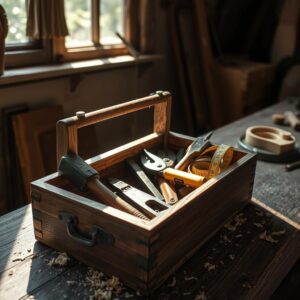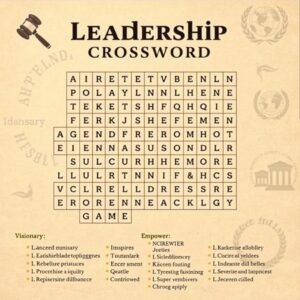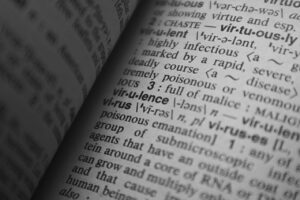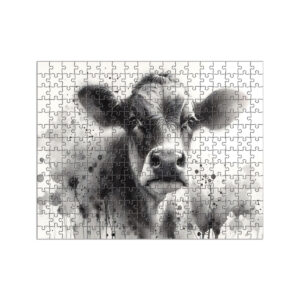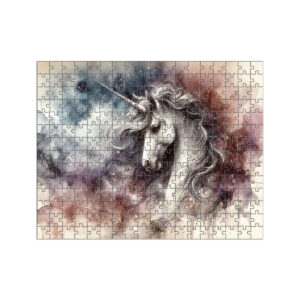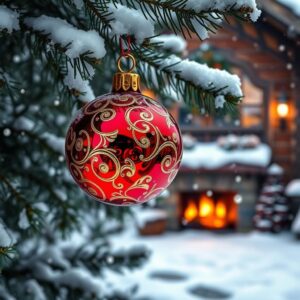
Explore & Play
Discover interesting topics and solve the accompanying crossword puzzle.
Fireplace Crossword | Master the art of fire starting
Table of Contents
Ready to test your knowledge of fireplaces? Start with the Fireplace crossword to challenge yourself, then dive into our article for expert tips and tricks. If you’re not yet familiar with the topic, feel free to read through the article first, and then come back to the crossword to see how much you’ve learned!
Fireplace Crossword
You can either fill in the crossword puzzle directly on this page or click the button in the bottom right corner to print it for free.
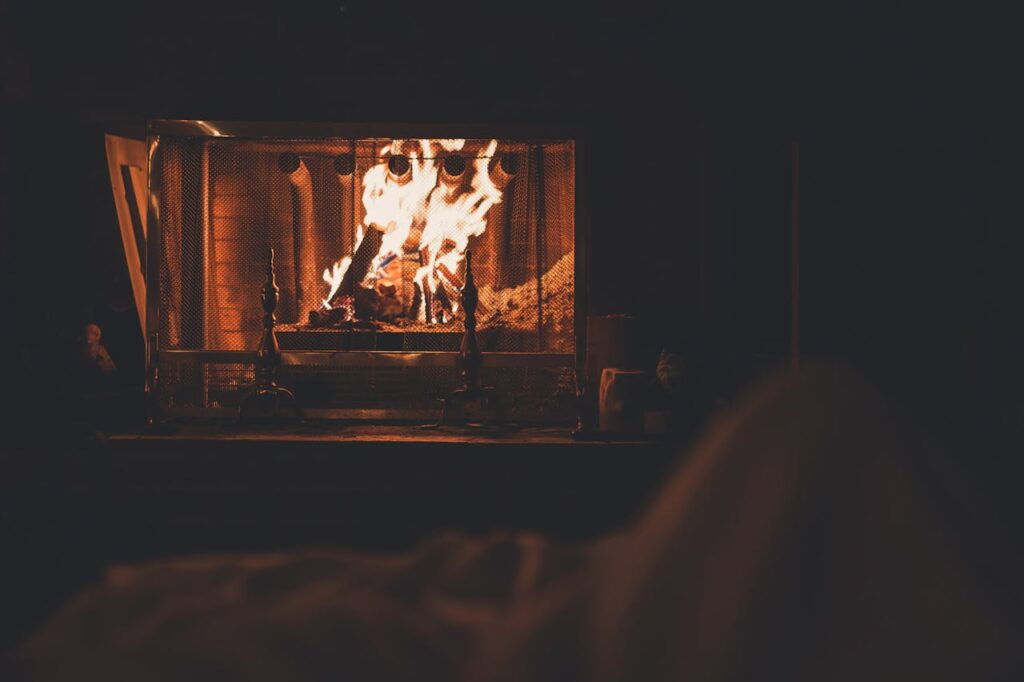
How to Start and Maintain a Fire in Your Fireplace Like a Pro
Starting a fire in your fireplace can be an art and a science. This guide will walk you through everything you need to know to keep your fireplace burning brightly and safely, covering essential tools, techniques, and safety measures. Whether you’re new to using a fireplace or looking to improve your fire-starting skills, this article will help you achieve the perfect fire every time.
What You’ll Need to Get Started: Essential Fireplace Tools
Before lighting your first match, it’s important to gather all the necessary tools to make the process smooth and efficient. Having the right equipment not only helps you start a fire easily but also ensures that the fire will burn safely and consistently.
Matches: The Key to Getting Your Fire Started
The match (Hint from crossword) is one of the simplest but most essential tools you’ll need. Matches are typically used to ignite your fire starter, whether it’s paper, kindling, or small twigs. While there are alternatives, such as lighters, using matches is often more reliable, especially when combined with dry tinder.
Firewood: The Fuel for Your Fire
The main fuel for any fire is firewood. While it might seem like all firewood is the same, there are different types, including hardwoods and softwoods. Hardwoods like oak, hickory, and maple burn slower and produce more heat, making them ideal for longer fires. Softwoods, such as pine and fir, ignite faster but tend to burn out quicker. Choosing the right type for your needs can help ensure a more efficient fire.
Tinder: The Spark That Starts It All
Tinder consists of small, dry materials that catch fire easily, such as dry leaves, small twigs, and even newspaper. When lighting a fire, tinder helps ignite the kindling (Hint from crossword) quickly, ensuring a steady flame that can grow into a larger fire.
Chapter 1: Preparing Your Fireplace for a Fire
A well-prepared fireplace is crucial for starting and maintaining a fire. Proper preparation ensures your fire burns efficiently and reduces the risk of hazards such as smoke buildup or a dangerous blaze.
1.1 Cleaning Your Fireplace
Before starting a new fire, ensure that your fireplace is clean. This involves removing any ash (Hint from crossword) left over from previous fires. Ashes can block airflow, making it difficult for the fire to breathe and burn properly. Additionally, inspect the chimney to ensure there are no obstructions. A buildup of soot in the chimney can restrict airflow, causing smoke to enter the room.
1.2 Preparing the Hearth
The hearth is the floor area around your fireplace, typically made of stone or brick. It’s essential to ensure that your hearth is clear of any debris or flammable materials. Not only does this prevent unwanted fires, but it also provides a stable and safe place for the fire to burn. Additionally, if your hearthstone has cracks or damage, be sure to repair it before lighting a fire.
Chapter 2: Building the Perfect Fire
Once your fireplace is prepared, it’s time to build your fire. The way you stack your fuel can have a huge impact on how well the fire burns.
2.1 Choosing Your Fuel
The choice of firewood logs (Hint from crossword) plays a significant role in how your fire burns. Logs provide the foundation for your fire, and it’s essential to stack them properly. Larger logs tend to burn longer, providing consistent heat, while smaller logs and branches will burn faster. However, the key is to combine them with the right kindling (Hint from crossword), which will catch fire quickly and get the larger logs burning.
2.2 The Perfect Fire Lay
There are several ways to arrange your firewood. One of the most popular techniques is the log cabin method, where logs are stacked in a square shape with space in between for airflow. This method allows the fire to burn steadily and evenly.
Another popular method is the teepee method, where the kindling and small logs are stacked in a pyramid shape. This allows air to circulate freely and enables a faster ignition. Regardless of the method you choose, the key is to ensure that your fire has enough space for airflow, which helps keep the flames strong and the fire burning for longer periods.
2.3 Starting Your Fire
Now that your logs and kindling are in place, it’s time to light the fire. Matches (Hint from crossword) are the most common way to start a fire. Once the kindling catches fire, it will ignite the larger logs, and soon enough, your fire will be roaring. If your fire struggles to catch, you can use a fire starter to help it along.
Chapter 3: Maintaining the Fire
Keeping a fire going requires ongoing attention. A well-maintained fire will produce heat efficiently, burn cleanly, and be easier to control.
3.1 Understanding Fire Behavior
Understanding how your fire behaves is crucial. A fire’s intensity and heat depend on the amount of air it receives. By adjusting the logs (Hint from crossword) and allowing more space for oxygen, you can ensure a consistent burn. Remember to never overcrowd the fire with too many logs at once.
3.2 Managing Ashes and Coals
As your fire burns, it will produce ashes (Hint from crossword) and coals. It’s important to regularly remove the ashes, as they can block airflow and reduce the fire’s efficiency. Additionally, coals (Hint from crossword) can remain hot for hours, so if you’re not planning to restart the fire, be sure to extinguish them completely.
3.3 Using the Grate and Firebox
The grate (Hint from crossword) is essential for allowing air to flow beneath the logs, ensuring that they burn evenly. Most fireplaces have a firebox (Hint from crossword), a chamber where the fire burns. This area should be regularly checked for debris, and the logs should be arranged carefully to ensure a steady burn.
Chapter 4: Enhancing the Fire Experience
Once your fire is burning brightly, you can enhance your fireplace experience by adding decorative and functional touches.
4.1 The Mantel and Hearthstone: Decorating Around the Fire
The area surrounding your fireplace plays an important role in both aesthetics and functionality. The mantel (Hint from crossword) is a great place to display candles, photographs, or other decorative items. Ensure that the hearthstone (Hint from crossword) around the fireplace is sturdy and safe, as it will protect your floor from any stray sparks or embers.
4.2 Keeping the Fire Safe
Fire safety is paramount when you have an open flame in your home. Installing a fireguard (Hint from crossword) is one of the best ways to prevent sparks from flying out of the fireplace and causing damage or injury. Additionally, always monitor your fire and avoid overloading it with logs, as this can lead to an uncontrollable blaze.
4.3 Dealing with Sparks and Embers
When a fire burns down, embers (Hint from crossword) and sparks can remain hot for hours. A fireguard or spark screen can help contain these. When the fire is fully extinguished, it’s important to allow the embers to cool before disposing of them.
Chapter 5: Advanced Techniques for Fireplace Experts
For those who are ready to take their fireplace skills to the next level, here are some advanced techniques to enhance your fire-starting and maintaining capabilities.
5.1 Creating Long-Lasting Fires
If you want your fire to last for hours without constant attention, consider using a blower (Hint from crossword). A blower helps regulate airflow, keeping the fire hot without overloading it with too much wood. This method is ideal for those who want a fire that burns for a long time without needing to constantly adjust the logs.
5.2 Refractory Materials and Flameproof Technology
Modern fireplaces often use refractory (Hint from crossword) materials to line the firebox and help retain heat. These materials are designed to withstand high temperatures without deteriorating. Flameproof (Hint from crossword) technologies ensure that the fireplace remains safe, even under extreme conditions.
Enjoy Your Fire with Confidence
By following the steps outlined in this guide, you can confidently start and maintain a fire in your fireplace like a pro. Proper preparation, attention to detail, and a little knowledge go a long way in creating a safe and efficient fire.
Share to...
I hope you enjoy the content.
Want to receive our daily crossword puzzle or article? Subscribe!
You may also be interested in
Share to…
Want to receive our daily crossword puzzle?
-
Jigsaw Puzzles
Fish Market in Norway Jigsaw Puzzle 250 | 300 | 500 Pieces
kr 348,00 – kr 439,00Price range: kr 348,00 through kr 439,00 Select options This product has multiple variants. The options may be chosen on the product page -
Jigsaw Puzzles
Twelve Zodiac Cow Ink Wash Jigsaw Puzzle 250 | 300 | 500 Pieces
kr 348,00 – kr 439,00Price range: kr 348,00 through kr 439,00 Select options This product has multiple variants. The options may be chosen on the product page -
Jigsaw Puzzles
Majestic Unicorn Watercolor Puzzle 250 | 300 | 500 Brikker
kr 348,00 – kr 439,00Price range: kr 348,00 through kr 439,00 Select options This product has multiple variants. The options may be chosen on the product page


